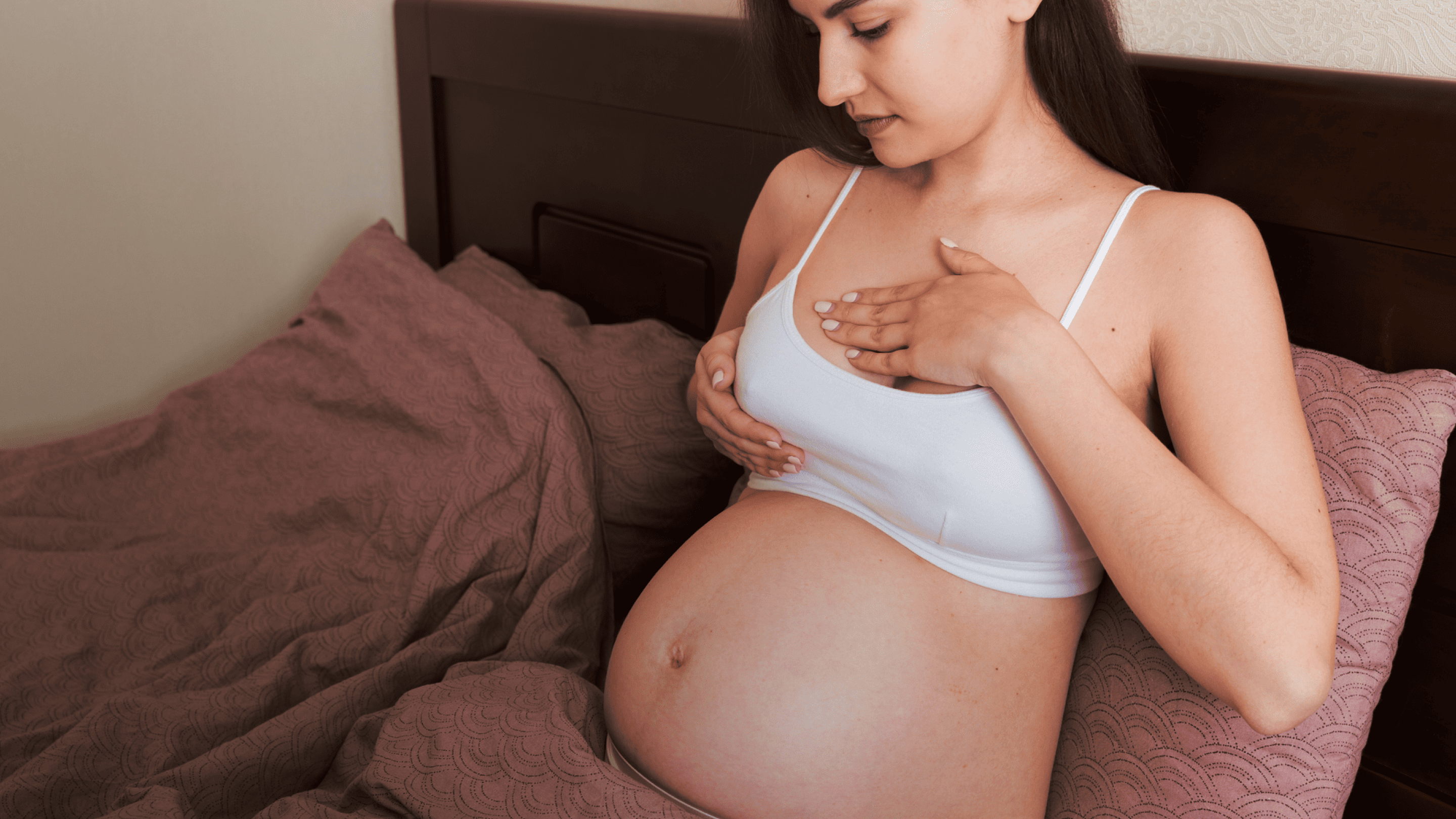Breast lumps during pregnancy are very common. The expectant mother will experience many normal physiological changes ― an increase in breast size, more obvious sweat glands around the nipples, a darkening of the areola ― all of which will prepare her body for breastfeeding.
Common non-cancerous variations to breasts include hormonal changes (fibrocystic changes), fibroadenomas, cysts, lipomas, accessory (extra) breast tissue. Pregnancy-related breast cancers make up about 3 per cent of all breast cancers.
Whenever a pregnant woman feels a lump, she should see a doctor to get their opinion, keeping in mind that most times it will turn out to be nothing serious!
What the doctor will do
When you see the doctor, she will ask details as to how you detected the lump, how long it has been present and if you have detected any changes, so as to get an idea what the lump is likely to be.
Next, the doctor will conduct a breast examination to confirm the presence of the lump, and check for any other symptoms such as skin changes or nipple discharge.
Most patients will then be recommended to get an ultrasound scan ― this will give additional information as to whether this lump is benign or cancerous. If there is any concern that the lump may be cancerous, your doctor will advise you as to the pros and cons of having a biopsy, which can be done safely even during pregnancy.
“If a pregnant women detects a lump, I would advise them to have a thorough consultation and a physical examination, followed by an ultrasound. If necessary, I would then perform a biopsy.”
Breast cancer screening during pregnancy
A screening checks for cancer even when a patient is feeling well and has absolutely no cancer signs or symptoms. For breast cancer screening, most countries, including Singapore, recommend mammogram screening from age 50 onwards. For women who are at higher risk, this may start at 40. Some specialists will recommend a supplementary ultrasound as well.
If a pregnant women detects a lump, I would advise them to have a thorough consultation and a physical examination, followed by an ultrasound. If necessary, I would then perform a biopsy.
Screening methods (Mammograms/Ultrasound)
Ultrasound, the same technology used to monitor the baby during pregnancy, is safe and useful in detecting lumps, and to check if it’s solid or cystic. Most specialists do not use ultrasound as a screening method as the majority of such lumps it detects are not cancerous.
A diagnostic ultrasound can still be performed safely on pregnant women to assess their breast lump. If a subsequent biopsy confirms a cancer, she may then need a baseline mammogram, after discussing the pros and cons with her doctor. This is because early stage breast cancer may not form a lump yet, but may attract calcium spots, which can be detected using a mammogram. An abdominal lead apron may be used to reduce the baby’s exposure to radiation.
Breast cancer treatment
If the biopsy shows that the lump is non-cancerous (benign), then it may be left alone.
However, if the biopsy shows that it is cancerous, the breast cancer treatment protocols will be modified for the expectant woman. Staging* has to be conducted to find out if the cancer has spread to other parts of the body, but only with liver ultrasound and chest X-ray. Depending on which trimester of the pregnancy she is in, the breast surgeon, oncologist and the ob-gyn will discuss what is best for the patient and her baby.
Chemotherapy may be administered from the second trimester onwards, followed by surgery after she deliver the baby. As such management of the patient’s treatment is complex, it will involve good multidisciplinary care by experienced doctors.
*Staging is a way to describe where the cancer is located, how much the cancer has grown, and if or where it has spread.
For more information, contact us:
Thomson Breast Centre
Call: 6252 5535
WhatsApp: 8668 8697
Book an Appointment